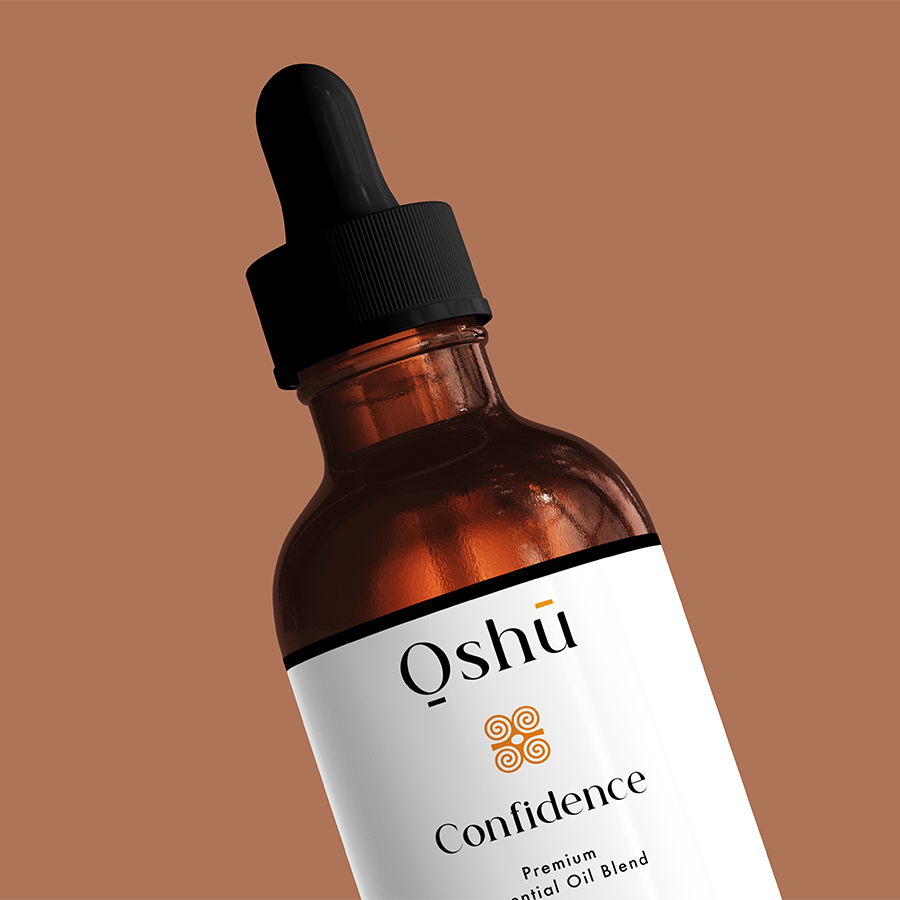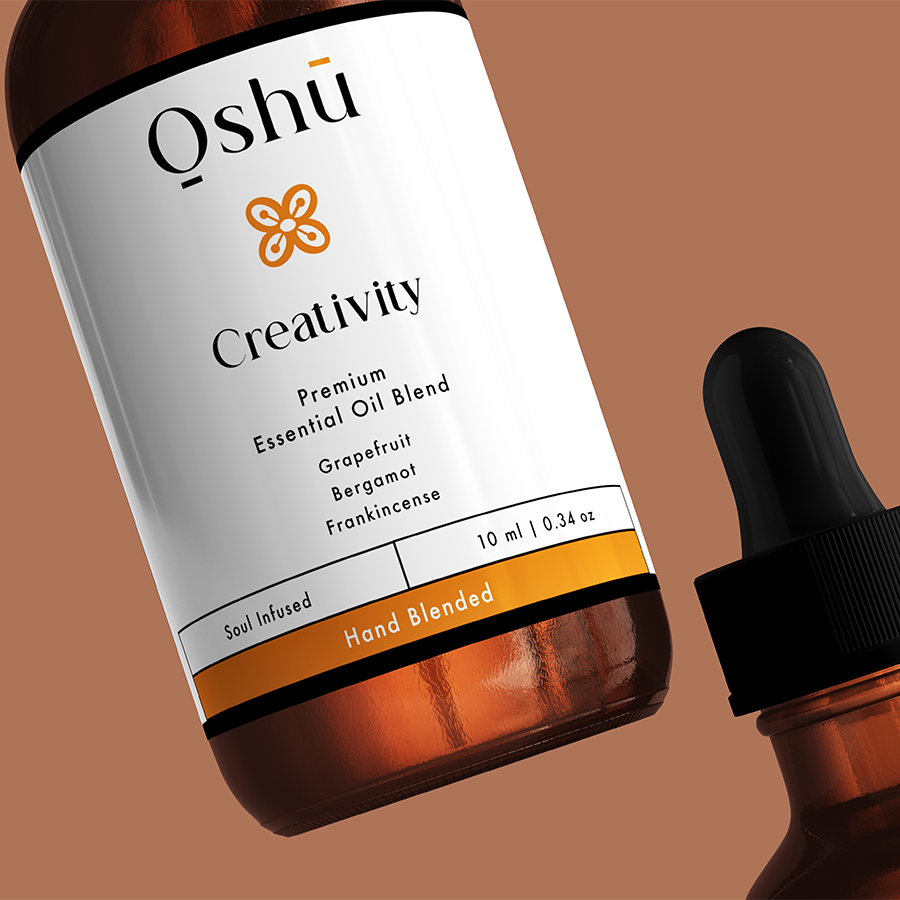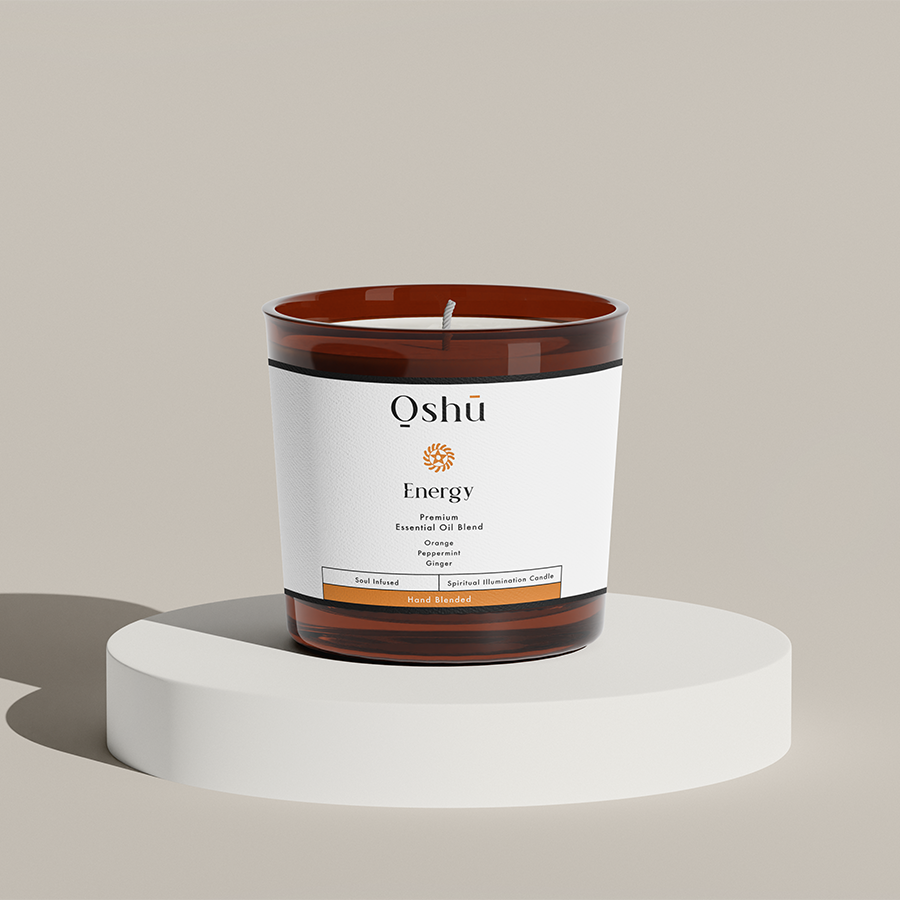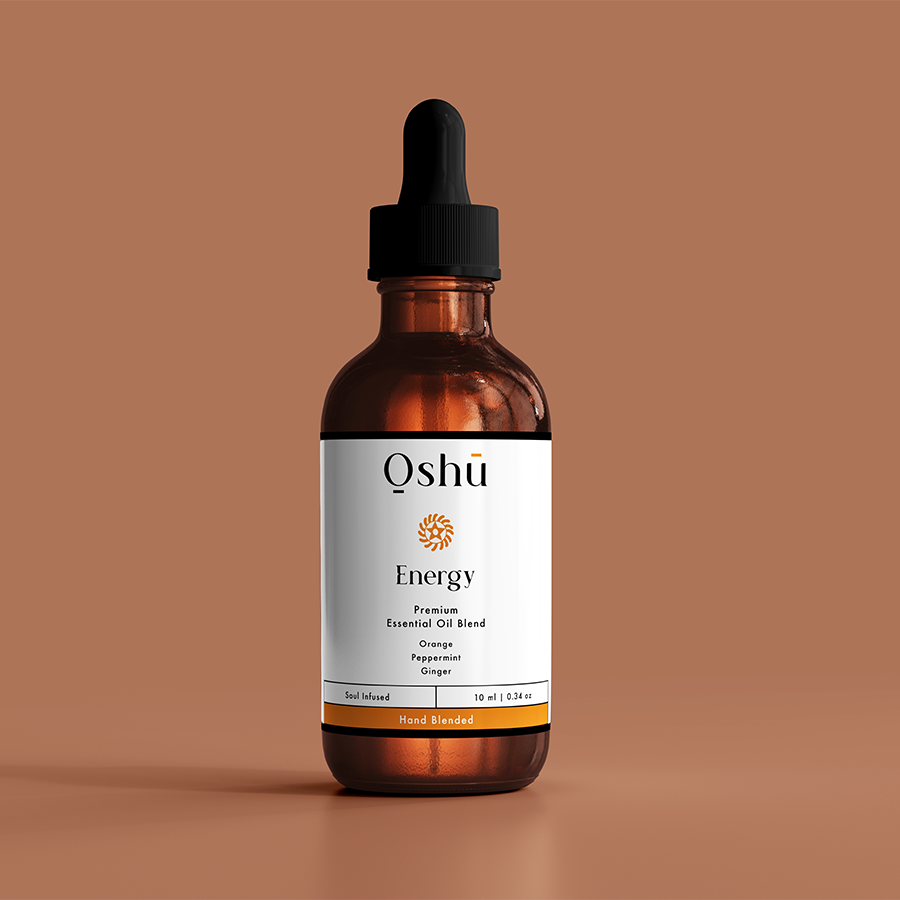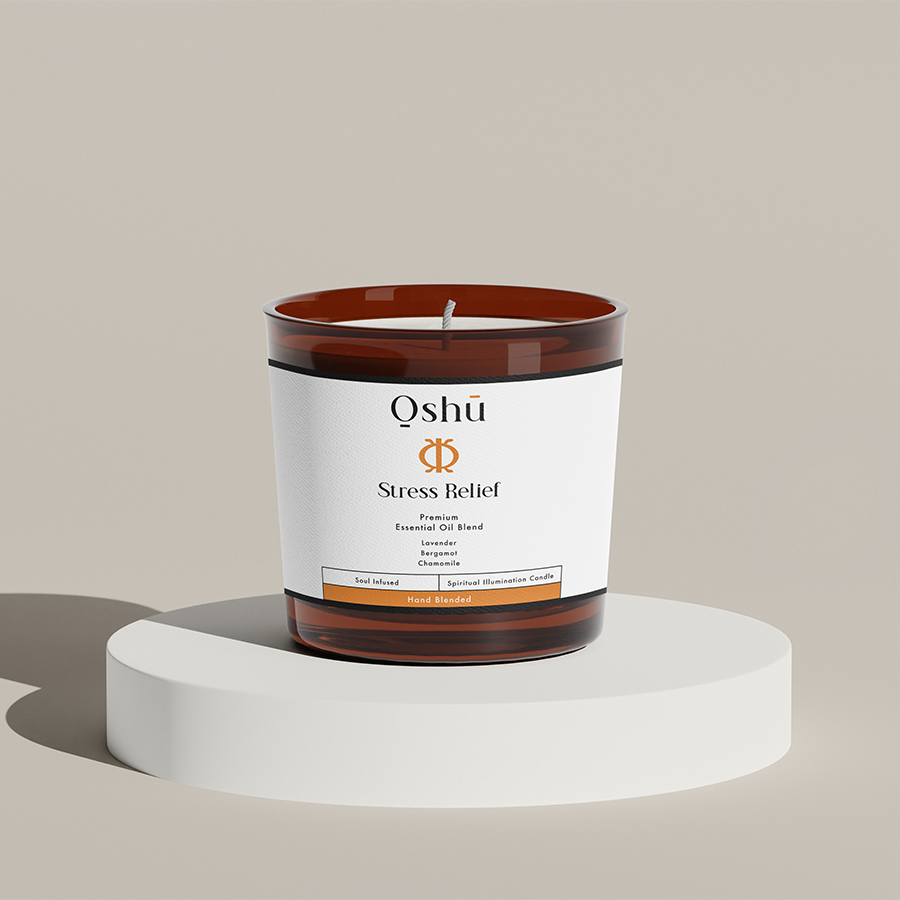Understanding Pain and Essential Oils
Pain is a universal human experience that can affect anyone at any time. Whether it’s chronic, acute, or inflammatory, pain can be debilitating and impact daily life. Essential oils have been used for centuries to provide natural pain relief, and their popularity continues to grow as people seek alternative approaches to managing pain. At Oshu Oils, we’re dedicated to helping you understand how to use essential oils for pain relief effectively and safely.
Table of Contents
- Understanding Pain and Essential Oils
- The Science Behind Essential Oils and Pain Relief
- Choosing the Right Essential Oils for Pain Relief
- Methods of Application for Essential Oils
- Blending Essential Oils for Pain Relief
- Safety Precautions and Contraindications
- Further Reading and Resources
- Frequently Asked Questions
The Science Behind Essential Oils and Pain Relief
Essential oils are concentrated plant extracts that contain bioactive compounds with therapeutic properties. These compounds can interact with the body’s biological systems to produce a range of effects, including pain relief. The primary mechanisms by which essential oils provide pain relief include:
- Anti-inflammatory activity: Essential oils like frankincense and ginger have been shown to reduce inflammation, a common underlying cause of pain.
- Analgesic activity: Oils like peppermint and wintergreen contain compounds that can numb or desensitize pain receptors, providing temporary relief.
- Relaxation and stress reduction: Essential oils like lavender and bergamot can promote relaxation, reducing muscle tension and promoting a sense of calm, which can help alleviate pain.
Choosing the Right Essential Oils for Pain Relief
With so many essential oils available, it can be overwhelming to choose the right ones for pain relief. Here are some of the most effective essential oils for pain management:
- Frankincense (Boswellia serrata): Anti-inflammatory and analgesic properties make it an excellent choice for chronic pain, arthritis, and inflammation.
- Peppermint (Mentha piperita): Cooling and numbing properties provide quick relief for headaches, muscle cramps, and joint pain.
- Lavender (Lavandula angustifolia): Promotes relaxation, reduces anxiety, and can help alleviate pain associated with fibromyalgia and migraines.
- Ginger (Zingiber officinale): Anti-inflammatory properties make it effective for menstrual cramps, arthritis, and muscle soreness.
- Wintergreen (Gaultheria procumbens): Contains methyl salicylate, a natural pain reliever similar to aspirin, making it effective for joint pain and muscle aches.
- Eucalyptus (Eucalyptus globulus): Decongestant and anti-inflammatory properties make it an excellent choice for relieving pain associated with respiratory issues.
Methods of Application for Essential Oils
There are several ways to apply essential oils for pain relief, including:
- Topical application: Mix a few drops of essential oil with a carrier oil (like coconut or jojoba oil) and apply to the affected area.
- Aromatic inhalation: Inhale the vapor of essential oils directly from the bottle, through steam inhalation, or using a diffuser.
- Bath and shower: Add essential oils to your bath water or shower gel for a relaxing and pain-relieving experience.
- Massage: Combine essential oils with a carrier oil and massage into the affected area to promote relaxation and reduce pain.
Blending Essential Oils for Pain Relief
Blending essential oils can create a more effective and synergistic approach to pain relief. Here are some popular blends:
- Pain-Relieving Blend: Combine 2 drops of frankincense, 2 drops of peppermint, and 1 drop of lavender for a potent pain-relieving blend.
- Inflammation-Fighting Blend: Mix 2 drops of ginger, 2 drops of turmeric, and 1 drop of eucalyptus to reduce inflammation and alleviate pain.
- Relaxation Blend: Combine 2 drops of lavender, 2 drops of bergamot, and 1 drop of ylang-ylang to promote relaxation and reduce muscle tension.
Safety Precautions and Contraindications
While essential oils can be a safe and effective way to manage pain, it’s essential to follow proper safety precautions and be aware of contraindications:
- Always dilute essential oils with a carrier oil before applying to the skin.
- Avoid using essential oils on open wounds, cuts, or sensitive skin.
- Pregnant or breastfeeding women should consult with a healthcare professional before using essential oils.
- Individuals with certain medical conditions, such as epilepsy, high blood pressure, or allergies, should consult with a healthcare professional before using essential oils.
Essential oils can be a powerful tool in managing pain, but it’s crucial to use them responsibly and safely. By understanding the science behind essential oils and pain relief, choosing the right oils, and applying them correctly, you can experience natural and effective pain relief. Remember to always consult with a healthcare professional before using essential oils, especially if you have a pre-existing medical condition or are taking medication. At Oshu Oils, we’re committed to providing you with the knowledge and resources you need to take control of your pain management and live a healthier, happier life.
Further Reading and Resources
If you’re interested in learning more about essential oils and pain relief, we recommend exploring the following resources:
Frequently Asked Questions
What are essential oils and how do they work for pain relief?
Essential oils are concentrated plant extracts that have been used for centuries for their medicinal and therapeutic properties. They work for pain relief by interacting with the body’s biochemistry, reducing inflammation, and affecting the brain’s pain processing centers. Different essential oils have unique properties that can help alleviate various types of pain, from acute injuries to chronic conditions.
Which essential oils are best for pain relief?
Some of the most effective essential oils for pain relief include peppermint, eucalyptus, wintergreen, frankincense, and ginger. These oils have anti-inflammatory and analgesic properties that can help reduce pain and discomfort. However, it’s essential to note that individual results may vary, and what works for one person may not work for another.
How do I use essential oils for pain relief?
There are several ways to use essential oils for pain relief, including topical application, inhalation, and internal use. Topical application involves diluting the essential oil with a carrier oil and applying it to the affected area. Inhalation involves breathing in the vapor of the essential oil, which can be done through steam inhalation or using a diffuser. Internal use involves taking the essential oil orally, but this should only be done under the guidance of a healthcare professional.
What is the best way to apply essential oils topically?
When applying essential oils topically, it’s essential to dilute them with a carrier oil to avoid skin irritation. A general dilution ratio is 1-2% essential oil to 98-99% carrier oil. You can also use pre-diluted essential oil blends or creams specifically designed for pain relief. Always perform a patch test before applying a new essential oil to ensure you don’t have any sensitivity or allergic reactions.
Can I use essential oils for chronic pain?
Yes, essential oils can be used to help manage chronic pain. While they may not eliminate the pain completely, they can help reduce the intensity and frequency of pain episodes. It’s essential to work with a healthcare professional to develop a comprehensive pain management plan that incorporates essential oils and other therapies.
Are essential oils safe for everyone?
While essential oils are generally considered safe, there are certain individuals who should exercise caution or avoid using them altogether. These include pregnant or breastfeeding women, children, people with certain medical conditions, and those taking medications. It’s essential to consult with a healthcare professional before using essential oils, especially if you have any underlying health conditions.
Can I use essential oils if I’m taking medication?
It’s essential to consult with a healthcare professional before using essential oils if you’re taking medication. Some essential oils can interact with medications, including blood thinners, diabetes medications, and blood pressure medications. Your healthcare professional can help you determine the safest way to use essential oils while taking medication.
How long does it take for essential oils to work for pain relief?
The time it takes for essential oils to work for pain relief can vary depending on the individual, the type of pain, and the method of application. Some people may experience immediate relief, while others may need to use the essential oils consistently for several days or weeks to notice a significant reduction in pain.
Can I use essential oils for pain relief during pregnancy?
While some essential oils are safe to use during pregnancy, others should be avoided due to their potential to stimulate the uterus or cause other adverse effects. It’s essential to consult with a healthcare professional before using essential oils during pregnancy. They can help you determine the safest essential oils to use and the best methods of application.
Can I use essential oils for pain relief in children?
Essential oils can be used for pain relief in children, but it’s essential to exercise caution and consult with a healthcare professional. Children’s skin is more sensitive than adults, and they may be more prone to allergic reactions. Always dilute the essential oils with a carrier oil and start with small amounts to ensure the child’s safety.
What is the difference between essential oils and fragrance oils?
Essential oils are concentrated plant extracts that contain the plant’s natural chemicals and compounds. Fragrance oils, on the other hand, are synthetic oils that mimic the scent of a plant or fragrance. While fragrance oils may smell pleasant, they do not have the same therapeutic benefits as essential oils.
How do I store essential oils?
Essential oils should be stored in a cool, dark place, away from direct sunlight and heat sources. It’s also essential to keep them out of reach of children and pets. Always check the expiration date and the quality of the essential oil before purchasing, and ensure the bottle is tightly sealed to prevent oxidation.
Can I make my own essential oil blends for pain relief?
Yes, you can make your own essential oil blends for pain relief. However, it’s essential to have a good understanding of the properties and safety guidelines of each essential oil. You can also consult with a certified aromatherapist or healthcare professional to create a customized blend that meets your specific needs.
How do I choose a high-quality essential oil?
When choosing a high-quality essential oil, look for products that are certified organic, sustainably sourced, and extracted using a gentle process. Check the label for the botanical name, country of origin, and expiration date. Reputable essential oil companies will also provide third-party testing and certification.
Can I use essential oils for pain relief in conjunction with other therapies?
Yes, essential oils can be used in conjunction with other therapies, such as physical therapy, acupuncture, and massage. In fact, essential oils can enhance the benefits of these therapies and provide a more comprehensive approach to pain management.
Are essential oils regulated by the FDA?
The FDA does not regulate essential oils as drugs, but they do regulate them as cosmetics and dietary supplements. This means that essential oil companies are responsible for ensuring the safety and quality of their products, but there may be variations in quality and purity between brands.
Can I use essential oils for pain relief if I have a sensitive skin?
Yes, you can use essential oils for pain relief even if you have sensitive skin. However, it’s essential to start with small amounts and dilute the essential oil with a carrier oil. You can also perform a patch test before applying the essential oil to ensure you don’t have any adverse reactions.
How do I know if an essential oil is working for pain relief?
You may know if an essential oil is working for pain relief if you experience a reduction in pain intensity, frequency, or duration. You may also notice an improvement in your mood, sleep quality, or overall well-being. Keep a pain journal to track your progress and adjust your essential oil use accordingly.
Can I use essential oils for pain relief during exercise or physical activity?
Yes, you can use essential oils for pain relief during exercise or physical activity. In fact, some essential oils, such as peppermint and eucalyptus, can help improve athletic performance and reduce muscle soreness. Apply the essential oil topically before or after exercise, or use a diffuser to inhale the vapor during exercise.
Are essential oils a replacement for medical treatment?
No, essential oils should not be used as a replacement for medical treatment. While they can be a useful complementary therapy, they should not be used to diagnose, treat, or cure medical conditions. Always consult with a healthcare professional before using essential oils for pain relief, especially if you have an underlying medical condition.
Can I use essential oils for pain relief in conjunction with prescription medication?
It’s essential to consult with a healthcare professional before using essential oils for pain relief in conjunction with prescription medication. Some essential oils can interact with medications, including blood thinners, diabetes medications, and blood pressure medications. Your healthcare professional can help you determine the safest way to use essential oils while taking medication.
How do I know if I’m allergic to an essential oil?
If you’re allergic to an essential oil, you may experience symptoms such as skin irritation, itching, redness, or hives. In severe cases, you may experience anaphylaxis, which requires immediate medical attention. Always perform a patch test before using a new essential oil, and start with small amounts to ensure your safety.




